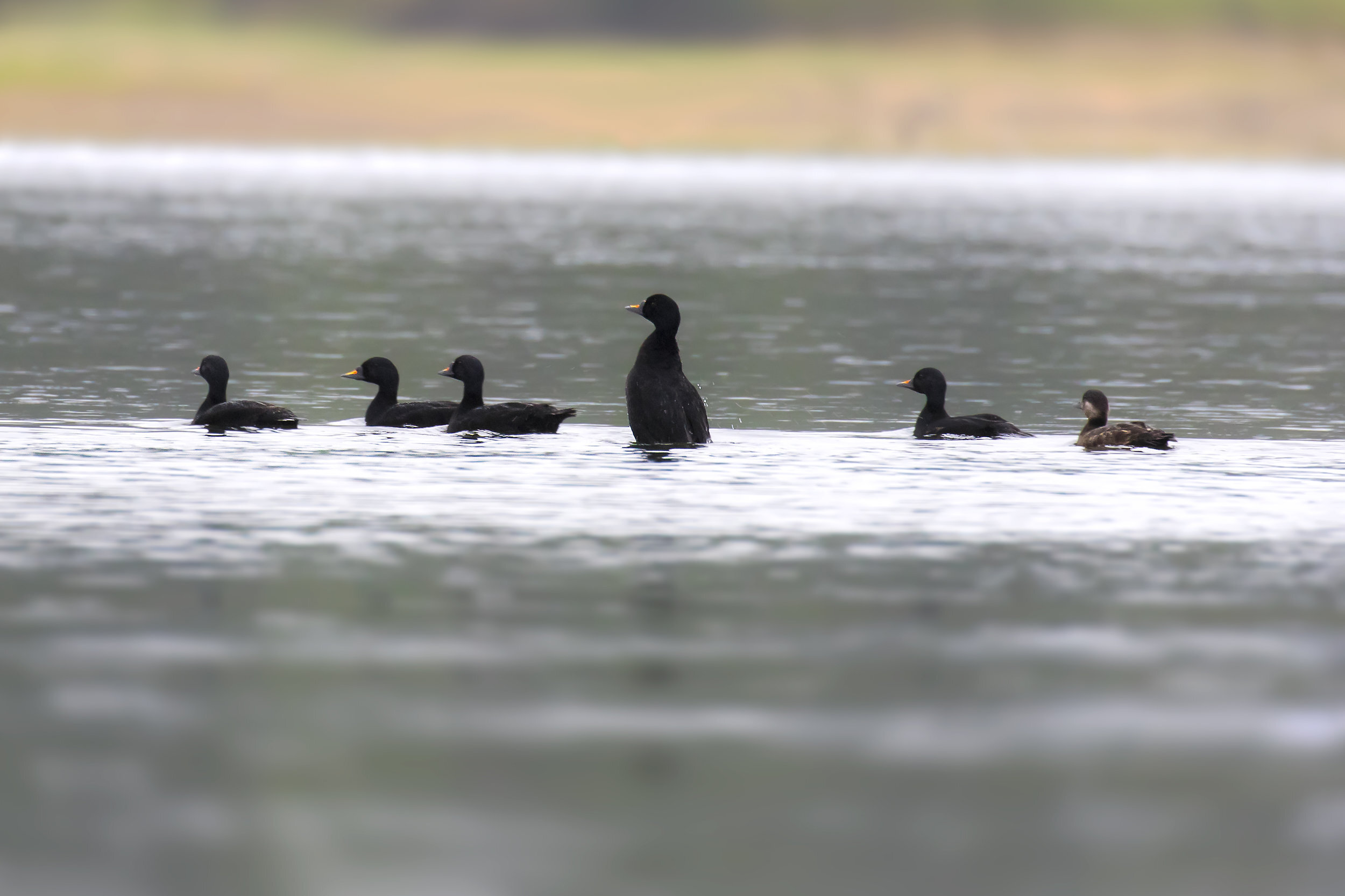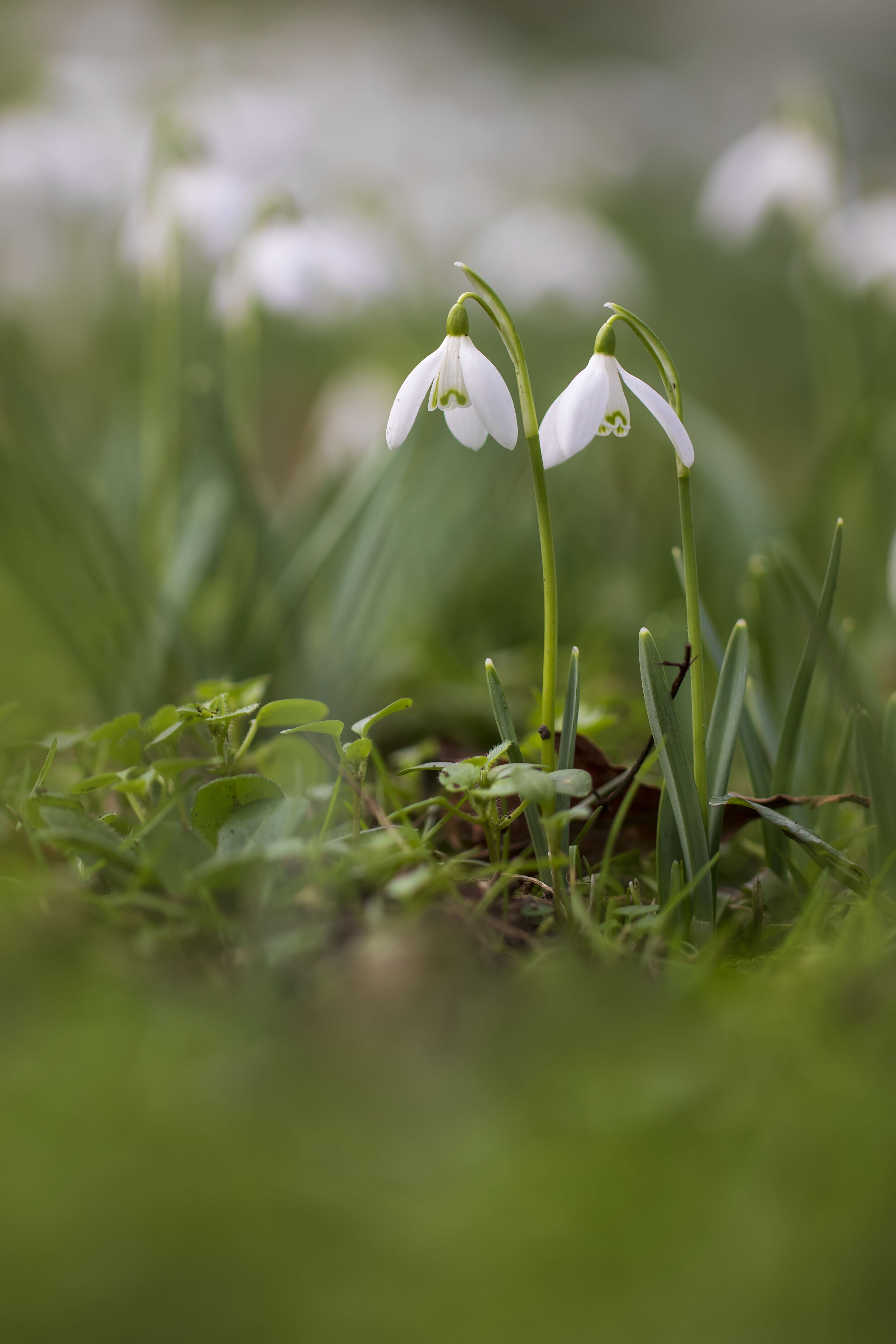I can’t imagine when the last time the earth experienced such a mass global silence before. It’s a sound recordists dream! but also a total nightmare all at the same time, as we’re unable to get out and enjoy this beautiful ambience. That said, I hope that the millions of people finding themselves in isolation are noticing the silence around their homes, gardens or during their daily walk. Silence is a powerful healer as we give our ears time to rest and reset. We’ve tried to mitigate the sounds of the city by designing noise-cancelling headphones, but the issue with that is, you replace the silence with something that’s usually just as loud, and potentially damaging to our ears. Chose your soundtrack wisely. If I had the choice between spending the morning listening to my favourite songs or to listen to a dawn chorus, I’d pick the dawn chorus every time.
On that note, If you have headphones, please put them on and listen to this beautiful display I recorded at work. You’ll hear several species in the background, from Snipe, Teal, Swans, Water Rail, Little Owl and throughout the recording are Bat’s overhead. Most people won’t be able to hear the Bats so I’ve lowered the pitched in another recording so you can hear what they sound like. This recording is one of the most memorable moments of my life. This location is usually washed with the sounds of road/air traffic noise, so you very rarely get to hear the acoustics of the land.
Over the top of this same moment was plenty of Pipistrelles enjoying the warm night and what you’re mostly hearing in the recording below is their social call. My microphone cannot capture full spectrum but I’m looking into ways that I can record the sounds of bats as they do make some incredible sounds that most people would not have experienced before.
The recording below only exists thanks to the ‘pre-record’ function on my Mixpre 6 ii. The function allows you to record a few seconds before you actually press the record button, which means it’s always recording and just keeps those seconds prior to you pressing the button. It’s not something I rely upon as I’m often walking so it usually just captures me fumbling around trying to get the subject in focus, but in this case, it did help me document my first ever drumming Snipe. You wouldn’t believe this sound was created by their outer tail feathers and not their mouth.
Everyone is experiencing this lockdown differently and my thoughts go out to those who have very little at this time to enjoy, or are having to isolate themselves in an abusive home. Remember that in the event of social abuse you ARE aloud to leave your home and if you believe you are a victim, please call the police and seek advice. Your home should be a safe place, not a prison sentence.
My street is about as diverse as a chemical plant and as the council have closed the canal, (rightly so) I’m not able to get out and have my nature fix. If you read my last blog you’ll see I’ve found a way of getting my fix and I can’t believe I’ve never done this before! Last week I had Curlew, Oystercatchers, Water Rail, Moorhen and since then I’ve managed to get my first Common Scoter Flock!
Inland records are always important to record as they would otherwise spend their lives at sea, so to get one over the house in Sebastopol is a big deal. I have recorded them at Llandegfedd Reservoir, usually after a bad storm where the sea gets a little too rough but they can be recorded inland on lakes during migration.
Learn more here - https://www.rspb.org.uk/birds-and-wildlife/wildlife-guides/bird-a-z/common-scoter/
Common Scoter
I’ll leave you with the sound of early spring, the only recording I could get prior to lockdown of spring arrivals.



















































